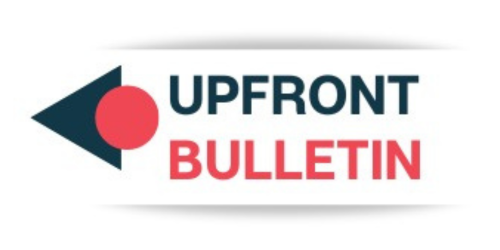A fire officer stands next to the crashed Air India Boeing 787-8 Dreamliner aircraft, in Ahmedabad, on June 13, 2025.
| Photo Credit: Reuters
On June 12, an Air India (AI) Boeing 787-8 Dreamliner bound for London tragically crashed shortly after takeoff from Ahmedabad. The disaster claimed 241 lives on board and 19 more on the ground, leaving only a single survivor.
It is one of the deadliest air disasters in Indian history and potentially, its costliest.
Quantifying disaster
Industry analysts estimate the total insurance payout could start at about $120 million and rise beyond $150 million with worst-case projections nearing $250 million. The hull loss (the value of the destroyed aircraft) alone, a Boeing 787’s market value, accounts for $75–80 million. Passenger liability under the Montreal Convention adds another layer: airlines are strictly liable up to 1,51,880 SDR (roughly ₹1.5–₹1.8 crore) a passenger, or more if negligence is proven. For 241 lives lost, this would be at least ₹360–₹430 crore in no-fault compensation. On top of that third-party claims related to ground fatalities and property damage are still being quantified. The final payout will hinge on investigation findings and liability outcomes and full settlement could take several months or even years. But the sum far exceeds India’s entire annual aviation insurance premium pool (₹1,000–₹1,100 crore), highlighting scale of catastrophic financial exposure.
Risk, vulnerability
AI’s risk is distributed across a huge insurance programme, reportedly underwritten for about $20 billion at an annual premium near $30 million. Domestic insurers — Tata AIG and New India Assurance— lead the front-line underwriting, but retain only about 5–10% of the risk. The balance is ceded to global reinsurers in London, Europe and U.S.
This global allocation helps distribute risk. This catastrophe is already prompting a “hardening” of global premiums — rates for hull, war risk and liability cover may rise by 10–30% in next renewal cycle.
This layering of risk extends even further through retrocession, a system where reinsurers themselves offload part of liability to other entities. Retro helps limit exposure during extreme-loss events like aviation disasters and earthquakes. The retrocession market is global and complex, comprising traditional reinsurers like Swiss Re and Munich Re, Lloyd’s syndicates, ILS (insurance-linked securities) funds, and catastrophe bond investors. For instance, if a reinsurer faces a $300 million liability in an aviation crash, it might have already ceded $200 million of that to retrocessionaires. This ensures resilience and shows how widely the shock of a single incident is distributed across the global insurance ecosystem.
Cost ripples
Underwriters’ increased premiums will inevitably hit airline cost structures, particularly for carriers operating Boeing 787s, including AI, SpiceJet and Akasa. A 10–30% annual rate hike applies to a policy priced at about $30 million. Due to tight margins, the costs may be passed on via ticket prices, narrower service buffers, fleet-replacement delays or even restrictively high-risk route economics.
Most travellers are unaware of how little personal insurance provides compared with airline liability. Less than 3% of Indians hold personal accident cover and most travel plans rely on airline compensation or ad hoc ex-gratia payments during claim processing. Tata Group announced a ₹1 crore compensation for each of the families of the victims. In addition, it is providing interim relief of ₹25 lakh to each affected family or survivor bringing total immediate support to ₹1.25 crore per family ahead of any additional compensation processed under international conventions or via insurance settlements.
Building endurance
Insurers may consider enhancing risk modeling practices — factoring in variants, operational routes especially given the war risk that seems to be going on forever, and local infrastructure. The outcome of the investigation may lead to a second layer of variables to be considered which aren’t today. On the consumer side, greater awareness around passenger rights under the Montreal Convention, value of personal accident insurance and adequate life insurance could help bridge current gaps.
Increasing the uptake of insurance products — not just for passengers, but also for businesses and properties on the ground that are often left uninsured — can play a crucial role in strengthening overall resilience. It’s a necessary step toward ensuring future disasters don’t escalate into wider financial or humanitarian crises.
(The writer is head, Policybazaar For Business)
Published – July 07, 2025 06:03 am IST

